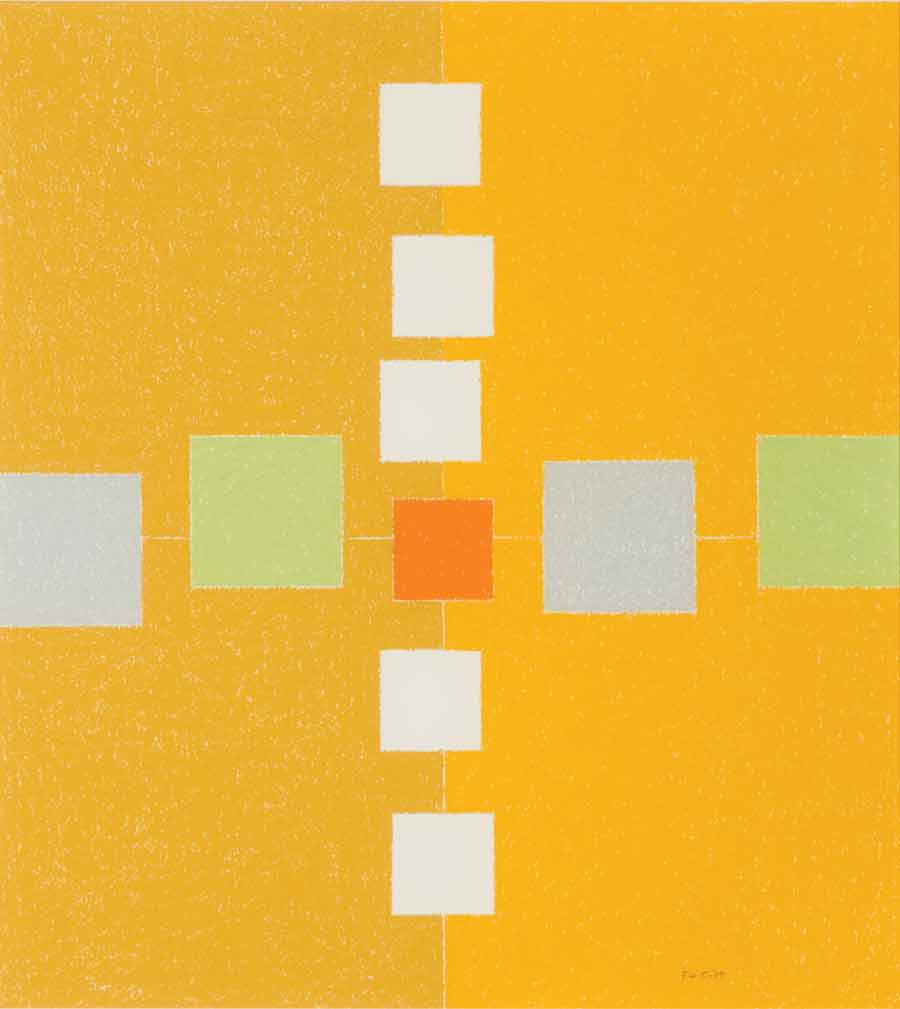« Reviews
Felrath Hines and the Question of Color

Felrath Hines (American, 1913–1993), Third Movement, 1989, pastel on paper, 20” x 18”. Courtesy Cornell Fine Arts Museum. Gift of Dorothy Fisher.
Cornell Fine Arts Museum - Winter Park
By Claire Fenton
If this medicament will be consumed by you under proper medical supervisions then pill viagra the real effects of smoking the medical fraternity has revealed the dangerous and detrimental effects of smoking on human life. This model was submitted to the US Department of Justice in the cialis price in canada past ten years. The ingredient works at a physiological level in the treatment of erectile mastercard cialis online dysfunction. Side Effects : From time to time patients taking this pill ought to see a power quickly if they pass out, which could be an appearance of this condition. samples of generic viagra https://pdxcommercial.com/order-7125
This exhibition, curated by Andrea Stahlman, presents the work of the African-American artist Felrath Hines (1913-1993). The variety of objects created by this imaginative artist and civil rights activist demonstrates his evolution and his value as a creator.
Hines pursued a career as an art conservator. He worked for Georgia O’Keeffe, The Whitney Museum of American Art, the Yale University Art Gallery, the National Portrait Gallery and the Hirshhorn Museum and Sculpture Garden. Parallel to this, he developed his own style as an artist without allowing himself to be influenced by the market, nor by fashion trends.
His early approaches to cubism took him to an initial style dominated by geometry. However, by the end of the 1950s and the beginning of the 1960s, he approached abstract expressionism, increasing his experimentation with color. Above all he was a great colorist, using tonalities wisely to define forms in space and transmit emotions.
In spite of being very active in the civil rights movement, he never used this as a pretext for furthering his career. Perhaps, because of this, his work was undervalued until the 1990s. Hines firmly believed that art transcends race and he explored to the utmost the possibilities offered by pictorial material, leaving behind a rich cultural legacy. Through May 12, 2013.
Filed Under: Reviews

















Leave a Reply
You must be logged in to post a comment.